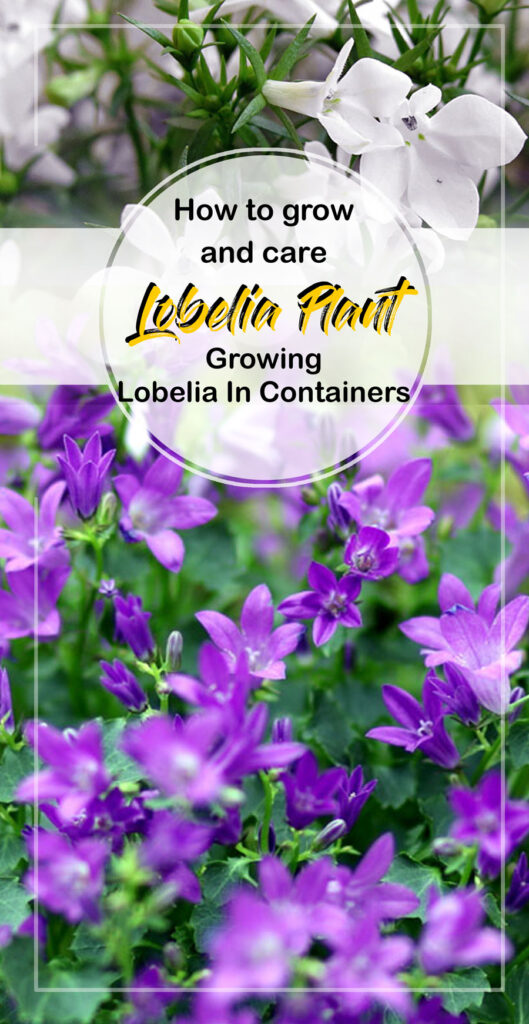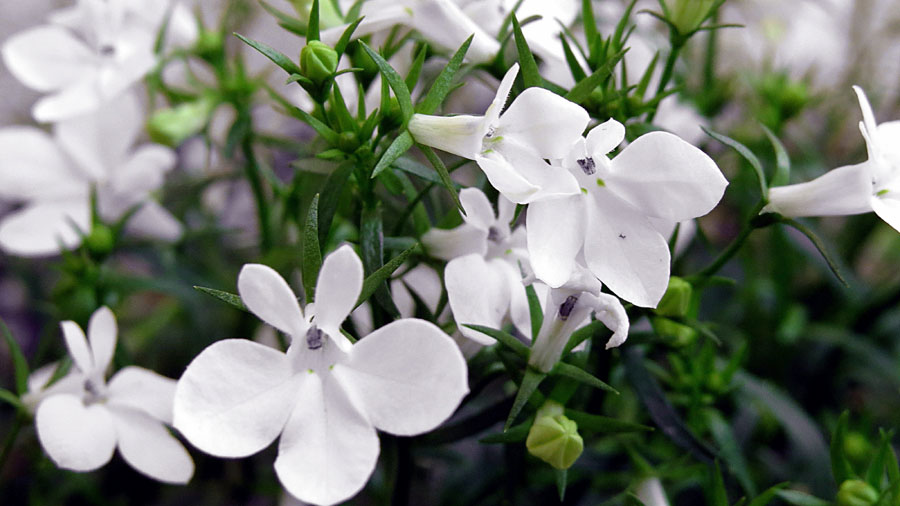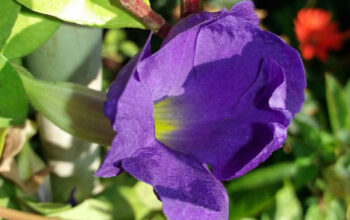Lobelia Plant
With 415 species, Lobelia is one of the most diverse plant genera in the world, primarily found in tropical and warm temperate regions, although some species inhabit cooler climates. Gardeners typically find it in the annual section of their nurseries and it spreads slowly, but it has a comprehensive variety of uses. The lobelia plant usually develops as a trailing plant, but some varieties clump together as well. Several colors are available in the flower, but it is known for its true sky-blue color. Lilac, pink, white, and purple are also available. Flowers typically have a tiny white “eye” in the middle. Some of the varieties have bronze-tinged leaves, while others have green foliage.
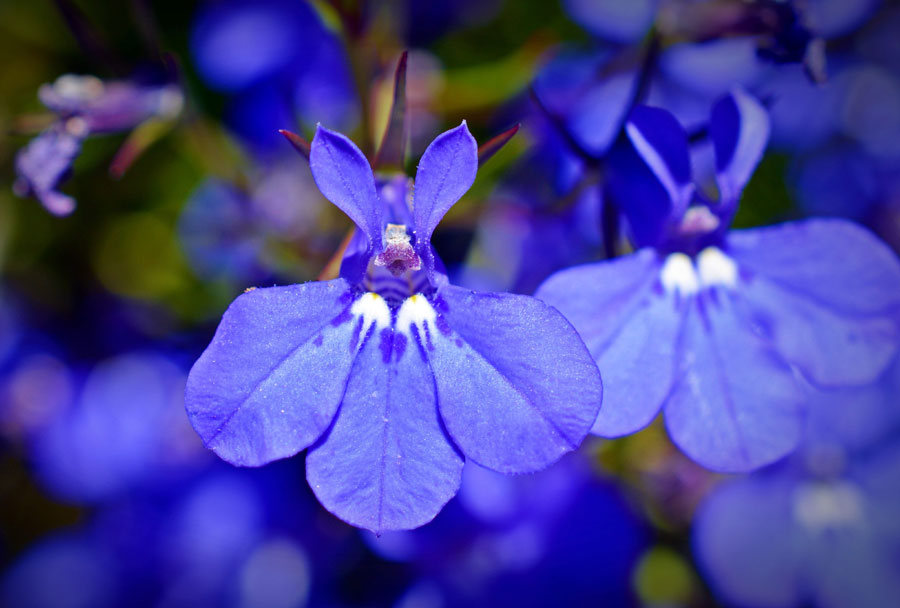
How to Grow and Care for Lobelia Plant
In most climates, Lobelia’s little but numerous blooms appear throughout summer and into fall and entice pollinating insects, including butterflies and bees. Early summer is the best time to plant it outdoors since it will begin blooming in the spring. Neither pets nor humans should consume any part of the plant. Even though it has a compact, delicate appearance, lobelia doesn’t require a great deal of attention.
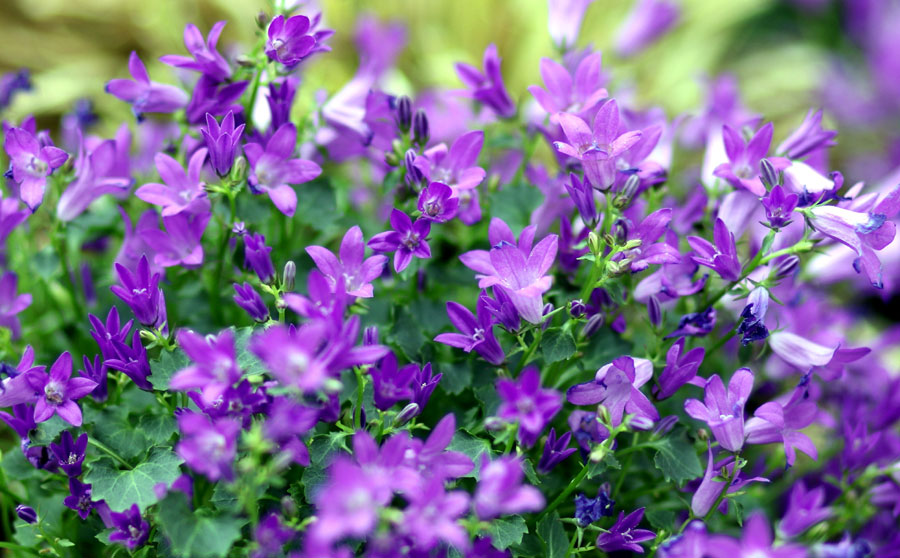
Growing from seeds
Depending on your region, it is recommended that you begin lobelia seeds indoors 6 to 8 weeks before the last frost date. The seeds can be sown outdoors in mild-winter areas if nighttime temperatures increase above 50 degrees Fahrenheit reliably in the early spring.
Sprinkle the little seeds evenly over the seed-starting soil in a seedling tray. Provide ample light for the tray by setting it near a window. Water the soil in the tray to keep it moist. Mist the soil daily, or as required, to keep it moist without becoming soggy. It takes two to three weeks for the seeds to germinate.
Plant your lobelia in the garden when the nighttime temperature consistently rises above 50 degrees Fahrenheit. Put the seedlings outdoors, whether in the ground or containers, taking care not to rip their roots. The annual lobelia plant should be spaced 4 to 6 inches apart in containers and slightly farther apart if planted directly in the ground.
Sunlight
Sun or partial shade are both suitable growing requirements for this plant. The plants will have fewer flowers if they obtain too much shade. For plants growing in warm climates, guard them against the hot afternoon sun, and deliver them with more light in northern climates.
Watering
The lobelia should be moistened evenly without becoming waterlogged. In the event of overwatering, root rot may occur or other diseases may develop. It is necessary to water regularly during periods of extreme heat or extended dryness. Plants can suffer from stress, restricted growth, fewer flowers, and brown leaves when they receive insufficient water.
Soil
Fertile and moist soil is essential for the maturation of the Lobelia plant. It’s important not to let the soil become soggy, as this can lead to root rot. Its preferred soil pH range is between 6.0 and 7.0, with a rich, well-amended mix. Mulch the area with compost to add nutrients, squash weeds, and maintain moisture. Whenever possible, use an all-purpose potting mix for containers.
Temperature and Humidity
Moderate temperature and moderate humidity are excellent for annual lobelia. Despite that, it can flourish outside those requirements if you feed it with some additional care. Plant lobelia will be shielded from the afternoon sun in hot climates to avoid scorching or plant death.
Maintaining the plant well watered helps preserve enough humidity to flourish, but leaves may shrivel in extremely dry conditions. Watering or hosing the plant instantly might revive it. Winter is usually the time when annual lobelia is discarded because it cannot endure freezing temperatures.
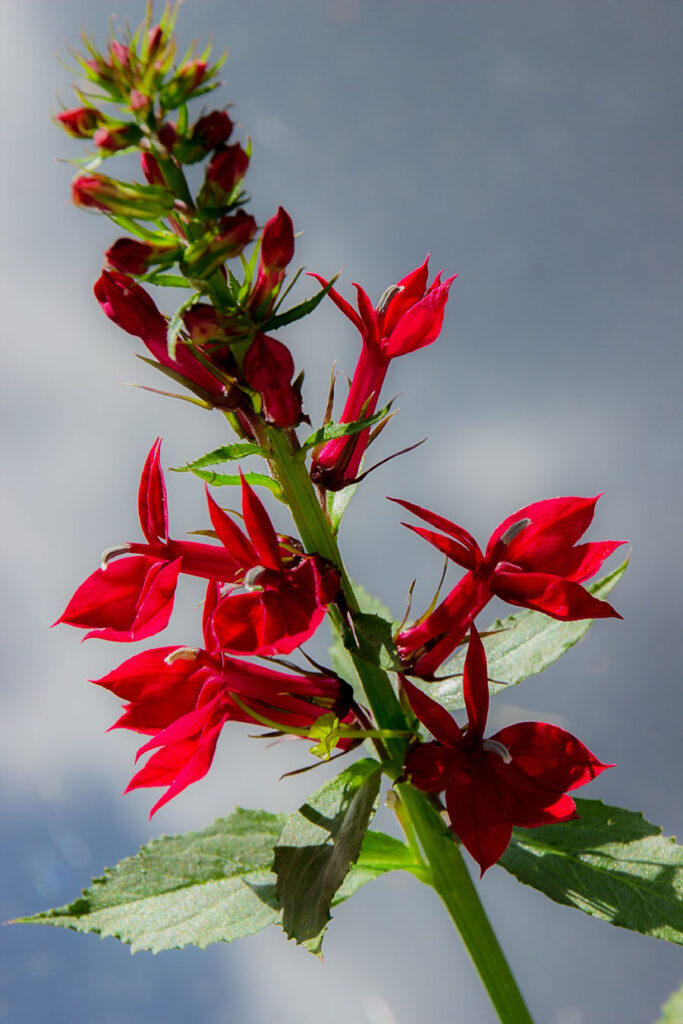
Fertilizer
If you want the most suitable results, fertilize your lobelia every two weeks with a liquid fertilizer designed for flowering plants. In general, these plants possess more phosphorus than nitrogen and potassium, since phosphorus makes blooms grow faster.
Follow the package directions when blending fertilizer with water in a watering can and spread it to the plant’s base, avoiding its leaves. Maintain a standard fertilization schedule throughout the summer to keep your lobelia in bloom.
Read also:
10 Best Flowers to Grow from Seeds. 10 Best Annual Flowers for Full Sun. How to Grow and Care for Baptisia Plants. How to Care Medinilla Magnifica Plant. Campanula Growing from seeds. Growing Periwinkle in pots.
For pin:
